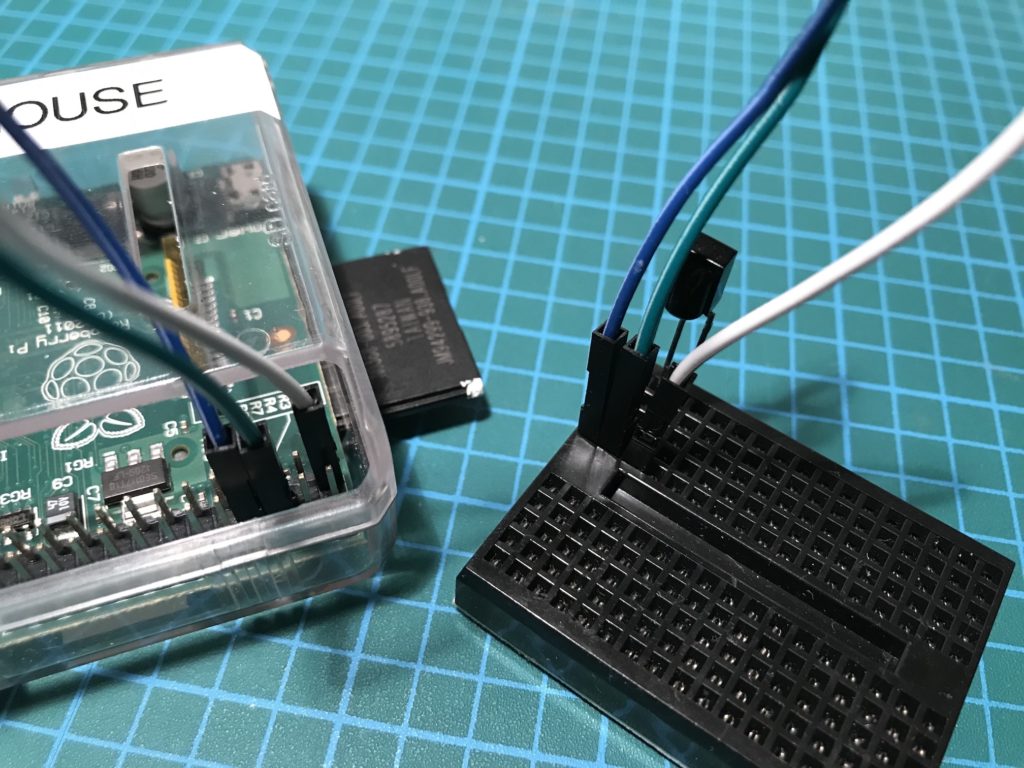Most modern HDMI connected devices support Consumer Electronics Control (CEC). It allows devices to send commands to each other, typically to get the TV to switch input and control volume. If you have ever turned on a Game Console and had your TV automatically change input to that device you have seen CEC in action. It is very convenient and useful, sort of a universal remote that works.
Every manufacturer seems to have it’s own branding of CEC (e.g. Samsung Anynet+, LG SimpLink, Sharp Aquos Link) but it may need to be enabled. Check your manual for details.
Using a Raspberry Pi connected to a TV that supports CEC, you can use the command line `cec-client` application to control the inputs and the TV itself. These are notes on how to use `cec-client` and understand the different options.
(more…)
